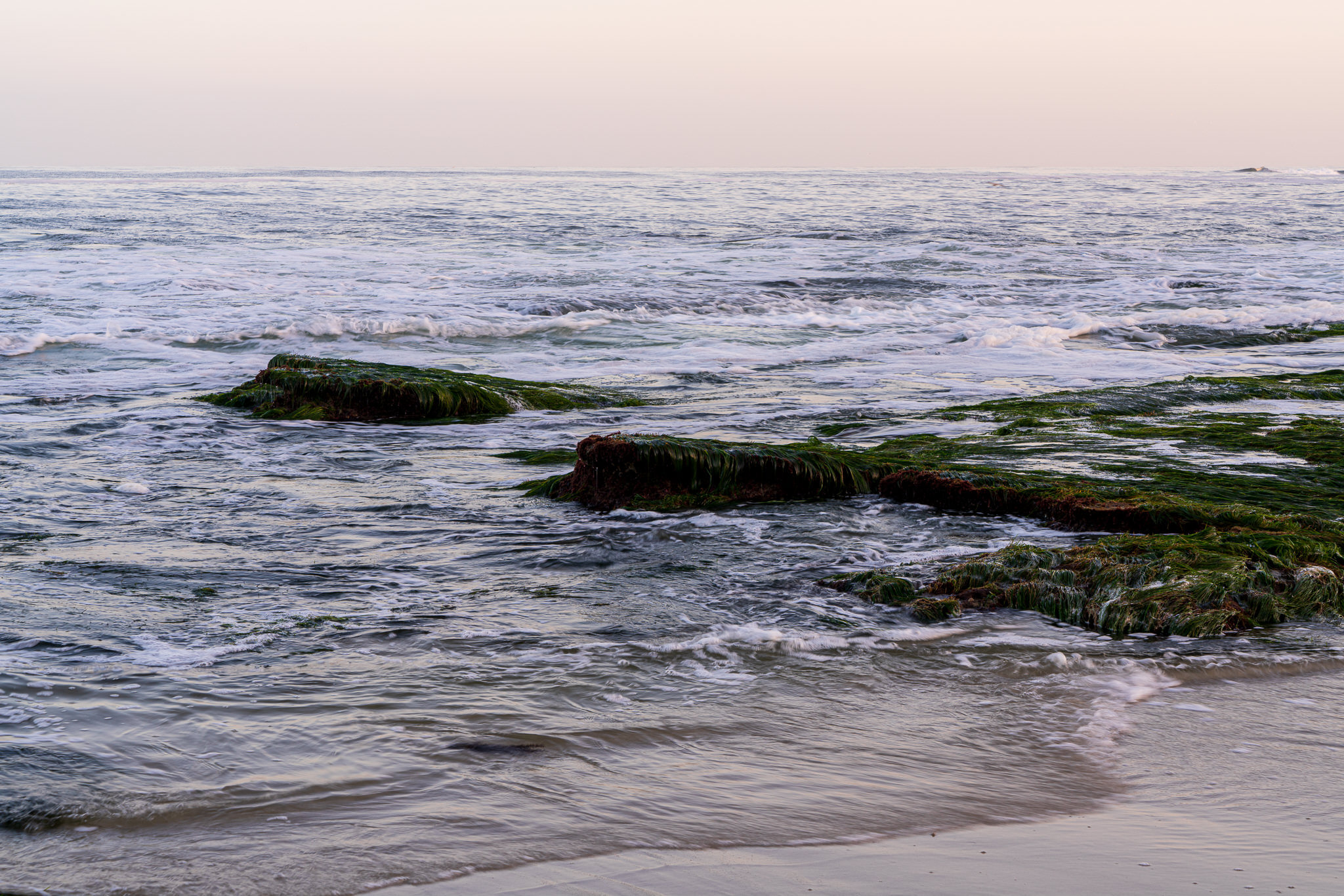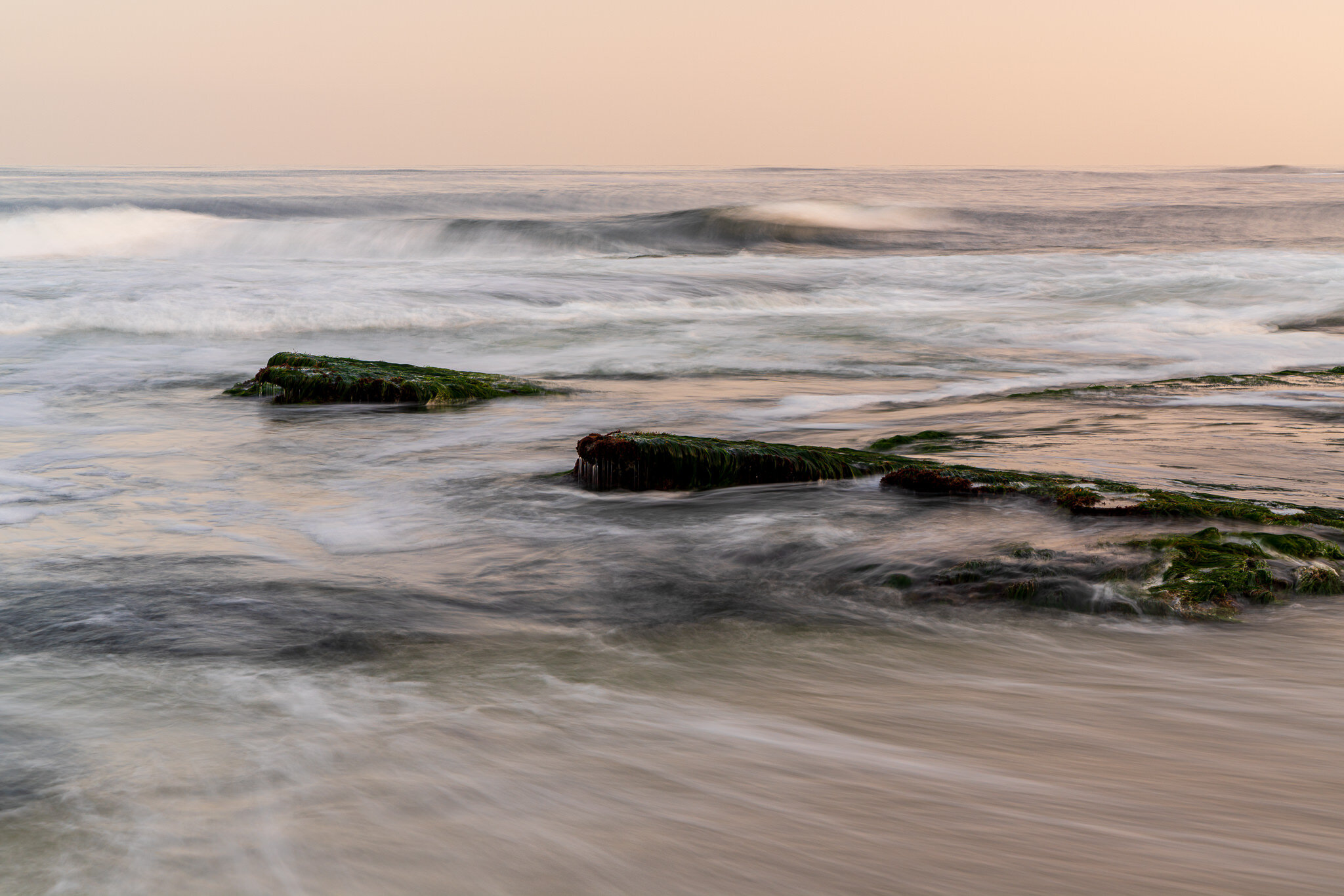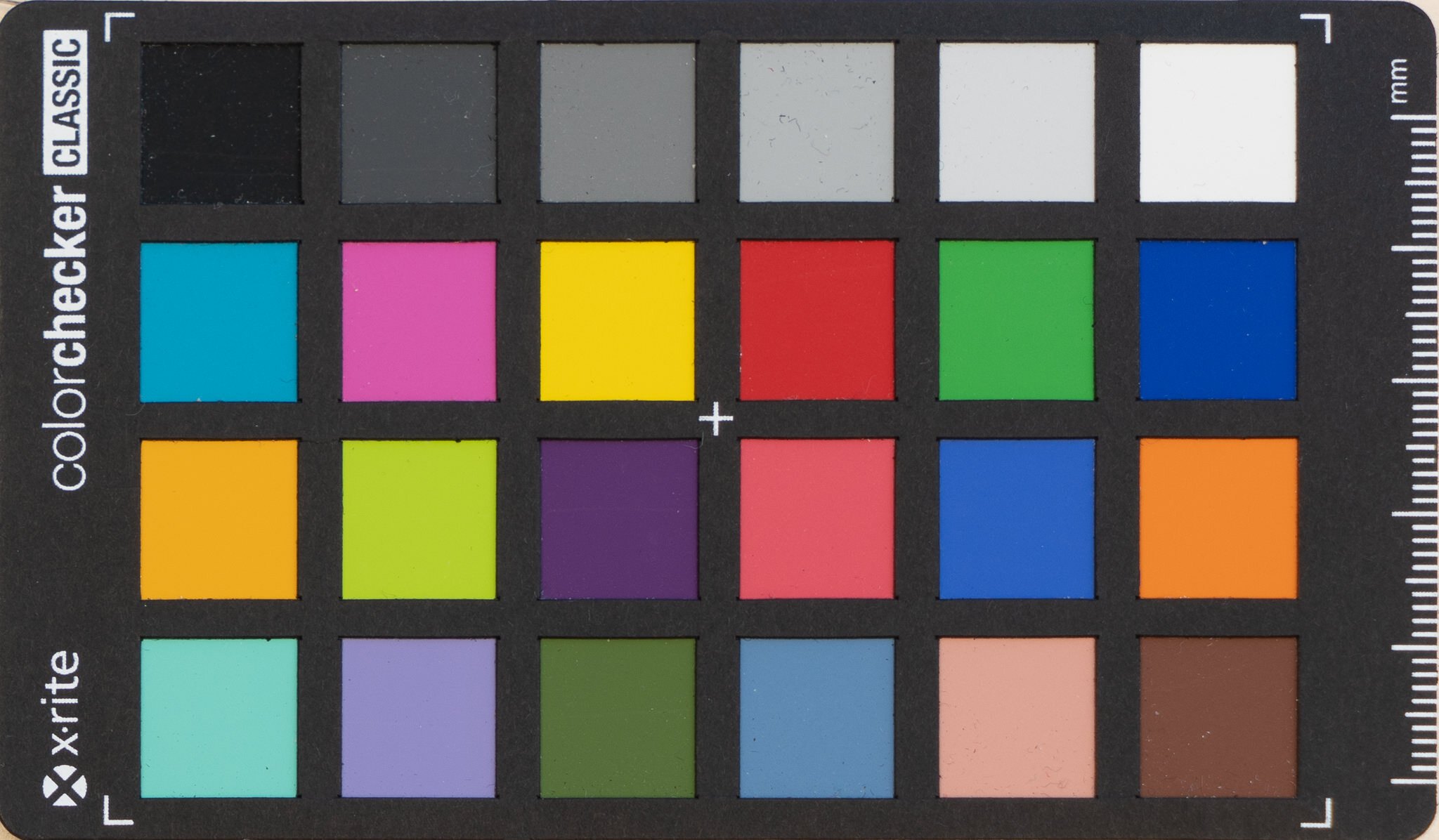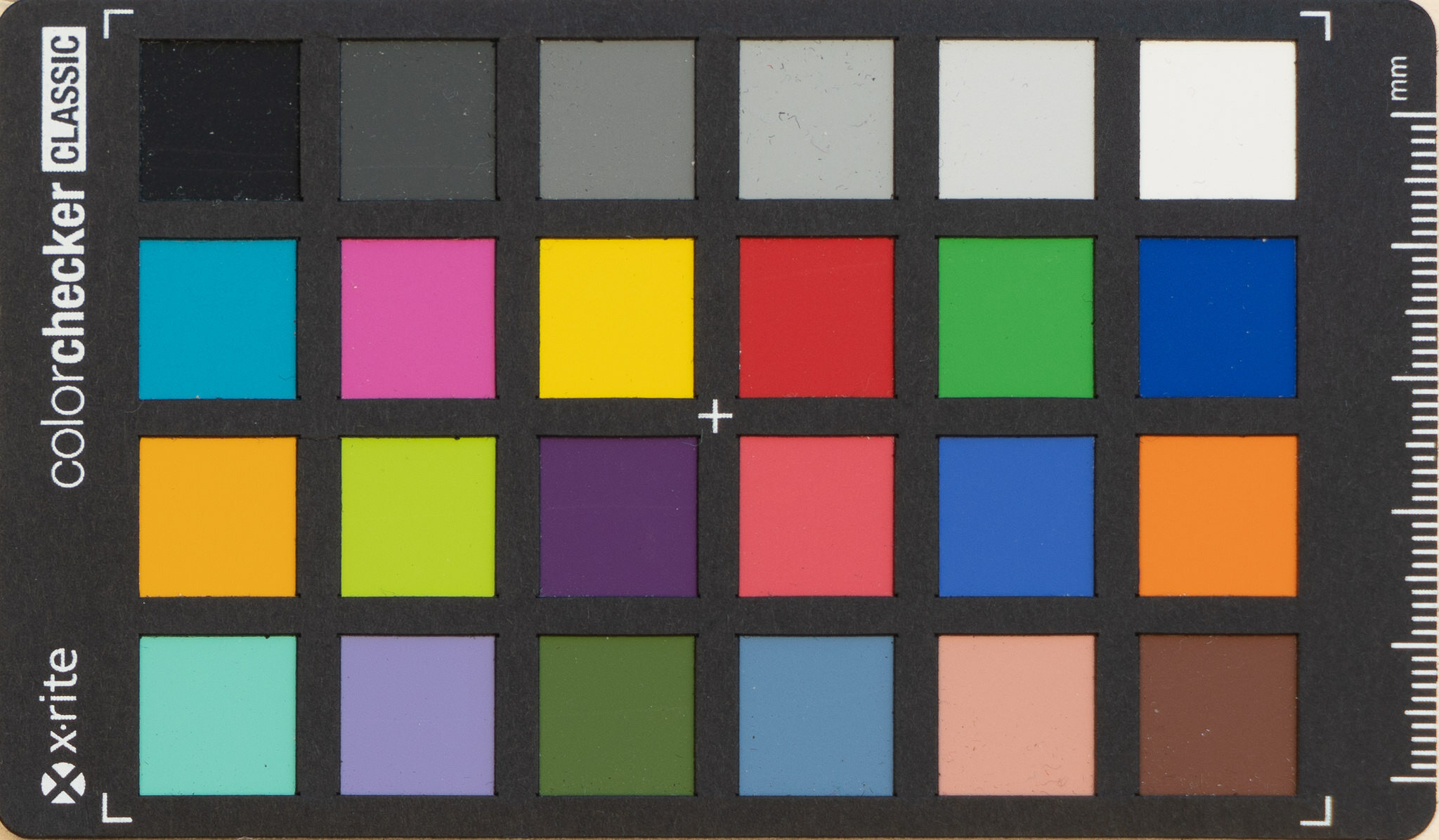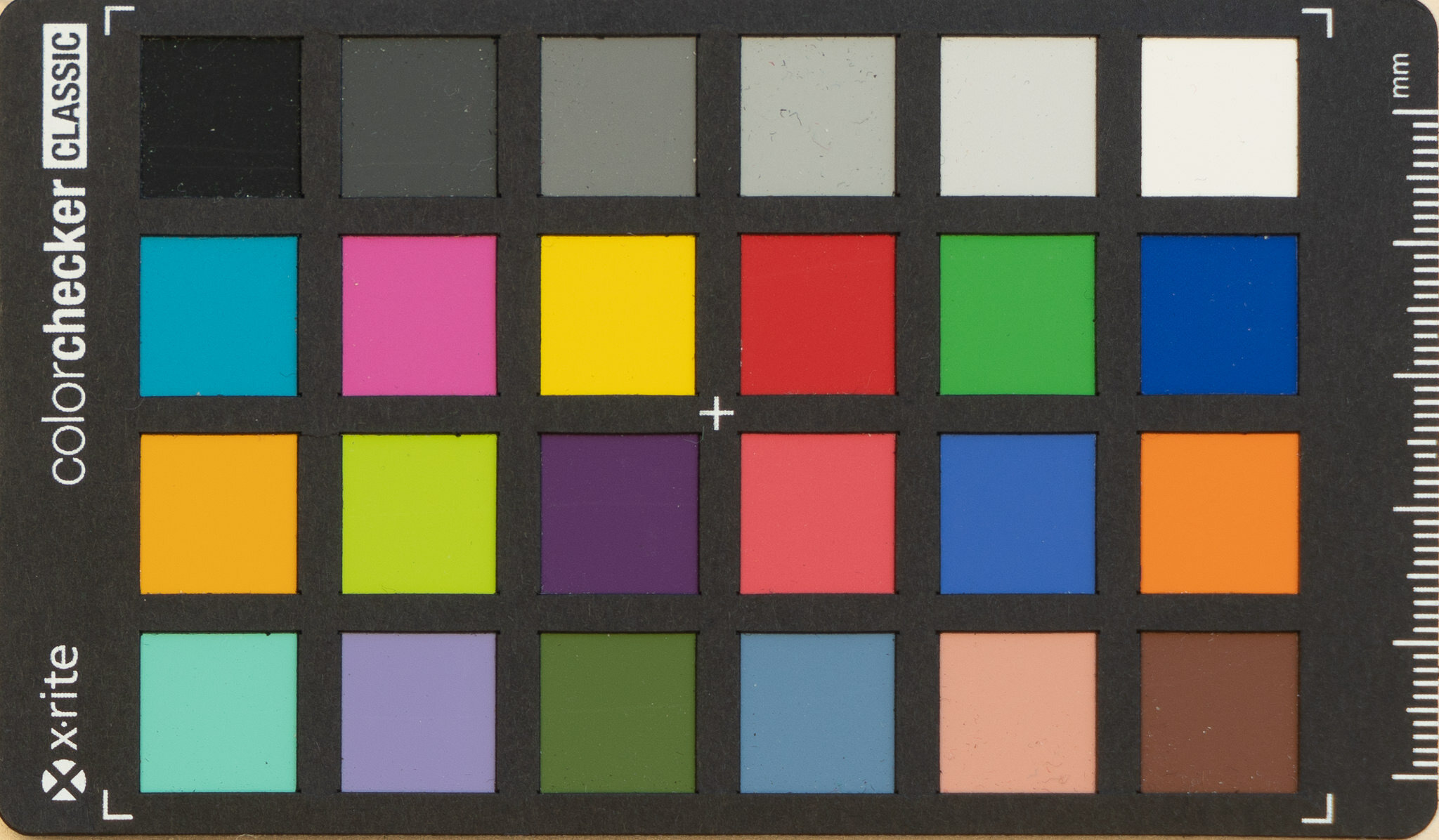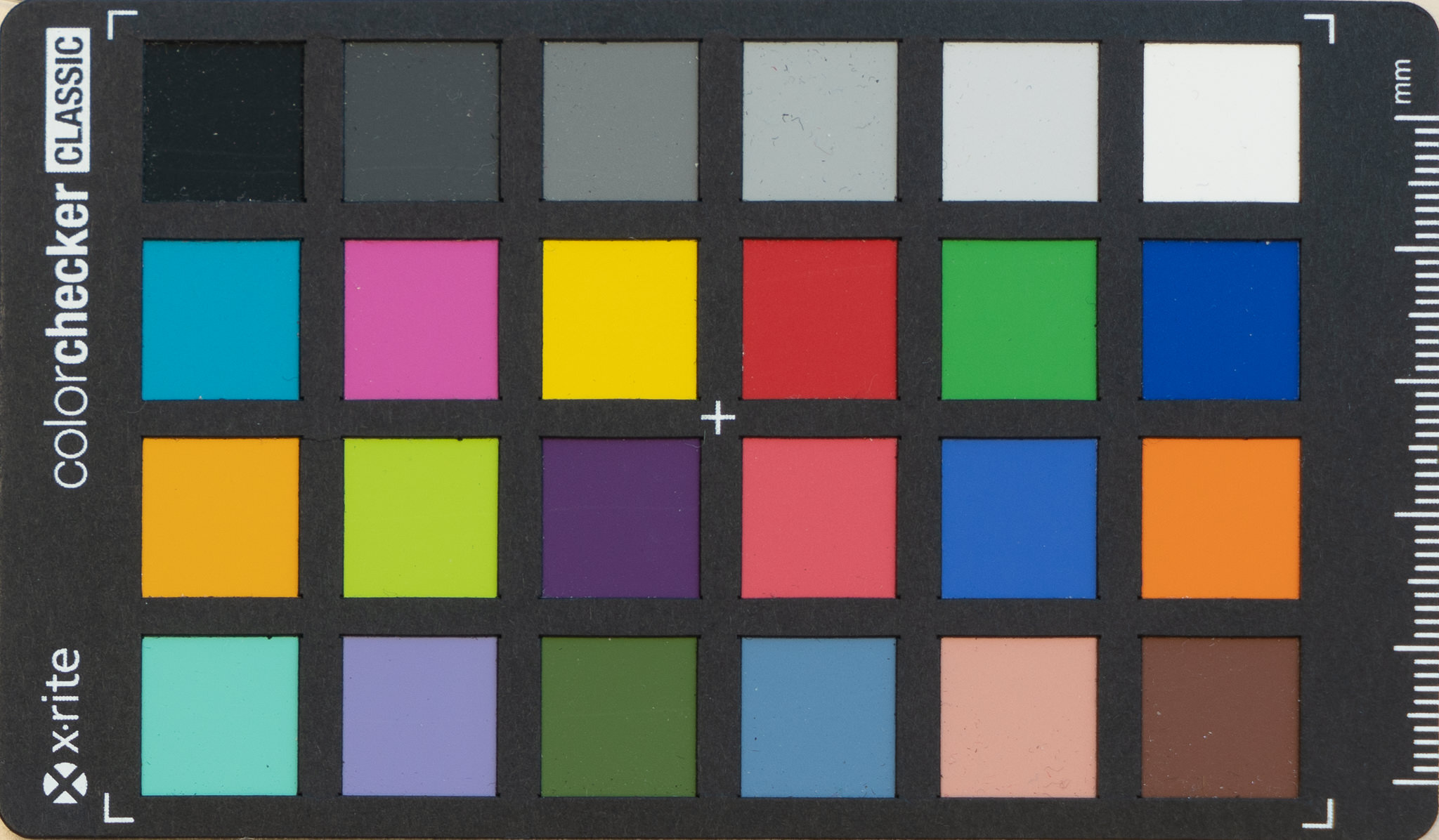Haida M10 Variable Neutral Density Filter Review
Haida introduced a Variable ND filter insert for their M10 system. How does it perform? Is it the filter for you? Watch the video for my break down what is good about Haida’s VND, what things you need to be aware of, suggested workflow in the field, and who will benefit from this filter.
Haida M10 Variable ND Filter (direct, Haida on Amazon)
Short on time? Here are the key takeaways about the Haida M10 Variable ND.
The Good
Affordable. At US$89, the VND is a good price (Direct VND link, Haida on Amazon)
Works with the drop-in Circular Polarizer (CPL) filters you probably already have for your M10 system. (The base M10 filter holder kit comes with a CPL.)
Minimal color cast. Casts are slight and easily corrected.
Be Aware Of
Must use with a Haida M10 drop-in CPL. Haida’s specs on ND ranges:
VND with M10 CPL filter: 1-4 stops (ND 0.3 - ND 1.2)
VND with M10 CPL/ND 0.9 filter: 3-5 stops (ND 0.9 - ND 1.5)
VND with M10 CPL/ND 1.8 filter: 6-9 stops (ND 1.8 - ND 2.7)
The VND itself cuts about 1-stop of light.
Can’t set a specific number of stops. Light reduction is done by adjusting the polarizer. This means scene metering happens through the filters. Also, calculating exposure times beyond 30 seconds involves a little estimation.
Over-rotating the polarizer will introduce vignetting and artifacts. In my testing, staying within 3-stops of nominal. Nominal is the number of stops cut by the base value of the filters. For example, using a VND + CPL/ND 0.9, nominal is around 4 stops (1 stop for the VND plus 3 stops for the CPL/ND).
Not Recommended
Using the VND with the CPL/ND 1.8. The combination is very dark from the start. Detecting artifacts like vignetting or X-patterns is a challenge.
Who Is The Haida M10 VND Filter For?
The VND insert is a nice addition for users of the M10 Filter Holder system looking to expand into long exposure photography. A CPL is included with the M10 filter holder kit. Adding the VND lets you explore longer exposures up to 4 stops. For reference, a 4-stop ND filter is my go-to filter for seascape work. The VND can also substitute for an array of fixed ND filters. Swap the CPLs instead for faster adjustments in the field.
A VND is also very useful if you’re capturing video. As lighting conditions change, small adjustments to the CPL with the VND insert in place will keep your exposure in check. You don’t have to switch to other filters or fumble around adding or removing glass to keep pace with dynamic conditions.

